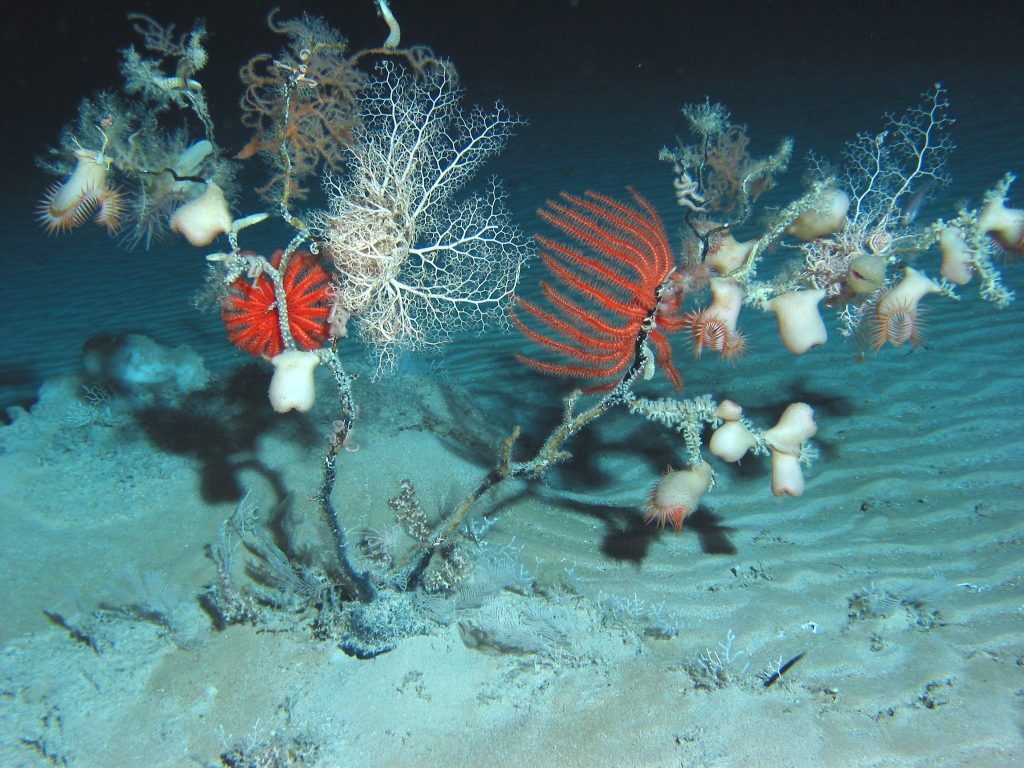While a large body of science has shown that agricultural landscapes harbour less biodiversity, one study implies otherwise.
The spread of agriculture is known to be an important driver of biodiversity loss, but can the opposite also be true? Can agriculture aid wild species? A recent study by Gregorio Toral & Jordi Figuerola published in the journal Biodiversity and Conservation is a case in point.
The marshes of southwestern Spain are an important wintering site for European waterbirds using the east Atlantic flyway. Over the last century however, many of these marshes have been converted into fields of rice. Toral and Figuerola decided to investigate how this conversion of natural habitats to crop fields affected waterbird populations. They examined the trends in populations of species over a 23-year period (1980-2003) and related it to the species’ willingness to use rice fields. They found that species which did not mind using rice fields, increased in numbers over the study period, whereas those that minded did not do very well. Therefore, at least for some species, the creation of rice fields had actually been beneficial .The authors speculate that these are likely to be, either species whose natural habitats are structurally similar to rice fields, or those which are generally not fussy about the habitats they choose to live in. Rice fields provide these species with alternate habitats, when suitable natural areas are not available.
These findings have implications for agricultural policy in the European union because they suggest properly managed rice fields could be a win-win situation for both biodiversity and agriculture.
More importantly, they highlight the fact that agriculture is not always inimical to wild fauna.
Further Reading
Toral, G.M. & Figuerola, J. 2010. Unraveling the importance of rice fields for waterbird populations in Europe. Biodiversity & Conservation 19:3459- 3469
Hari Sridhar is a PhD student at the Centre for Ecological Sciences, Indian Institute of Science, Bangalore, India





